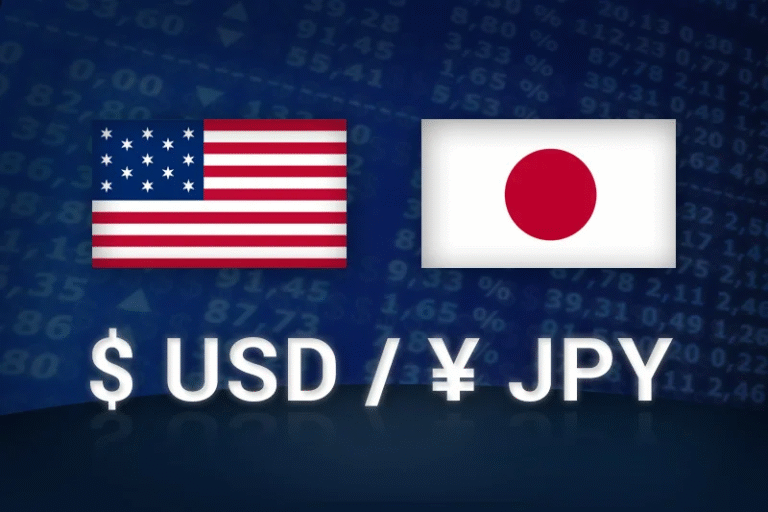Attention is turning to this week’s Jackson Hole meeting from the 24th to the 26th, with particular focus on Federal Reserve Chairman Powell’s speech on Friday, the 25th. The first half of this week has proven to be challenging for finding clues, partly due to the summer holiday situation.
The Tokyo and London markets find themselves in a difficult situation, as they are lacking significant economic indicators and tend to react to movements in US bond yields, which often show activity in the early hours of the New York session. This has led to a scenario where market participants closely monitor risk-sensitive markets such as equities and oil for signals.
Amid this environment, recent attention has been on the movement of the Chinese yuan. As pressures mount due to China’s projected economic slowdown, the Chinese authorities have been increasing their efforts to support the yuan through purchases made by state-owned banks. The movements in the USD to CNH (offshore yuan) exchange rate have indirectly influenced the dollar’s strength or weakness and subsequently had ripple effects on other major currencies. These dynamics were observed during periods of scarce clues, such as yesterday’s London morning session.
This scenario can be described as a “summer lull” with limited clues, yet it introduces a unique dynamic. Nonetheless, it’s plausible that market participants will continue to monitor the yuan’s movement, which could potentially become a recurring theme.
The yuan remains in an unstable range-bound movement. While the situation is uncertain, it’s expected that the upside potential for USDCNH will remain limited. From a USD selling perspective, this strategy is anticipated to continue.


